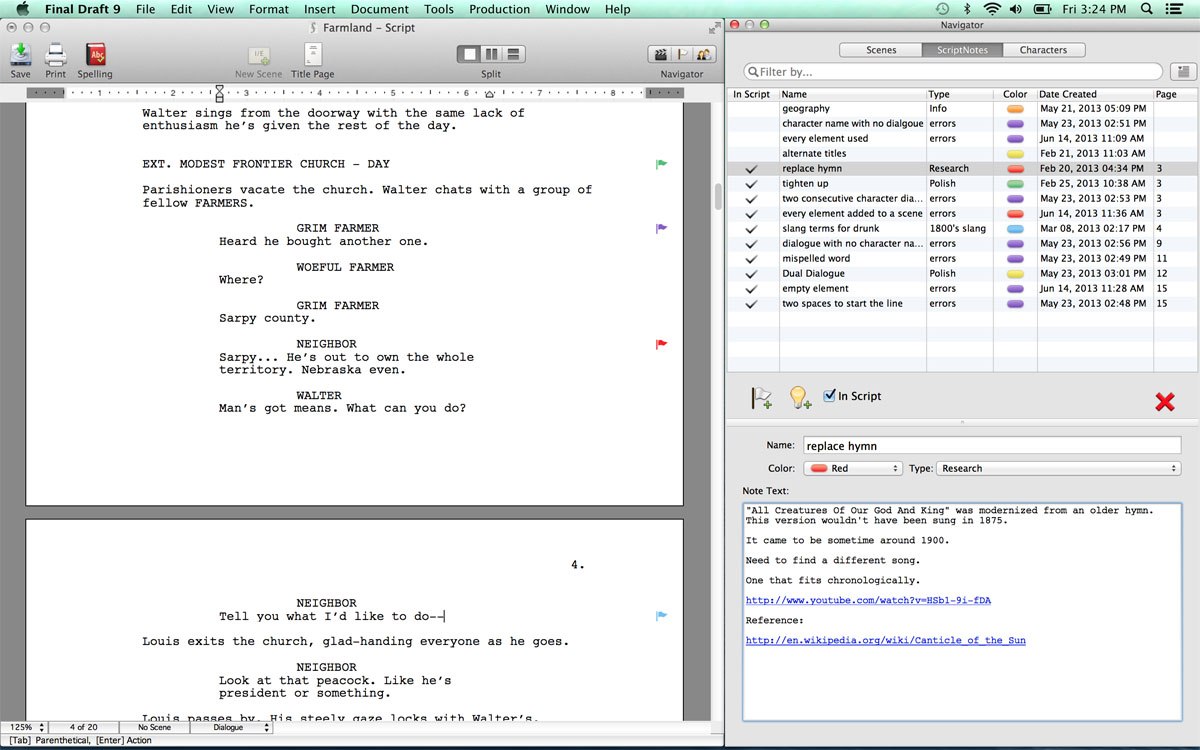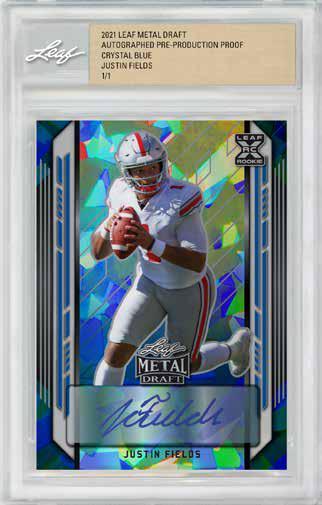


From left to right the characters are: zero, capital O, one, lowercase L.

#FINAL DRAFT 9 RELEASE CODE#
Among other IBM-specific characters it contains optionally a dotted zero (which seems to have originated as an option on IBM 3270 display controllers) and a slashed zero.Ĭourier 10 Pitch BT and Courier Code Ĭomparison of the typefaces Courier 10 Pitch and Courier Code. Known as IBM Courier or simply Courier, it is available under the IBM/MIT X Consortium Courier Typefont agreement. IBM made Courier freely available in Postscript Type 1 format. When an alias font is specified, the font's character map contains a different character set from the master font and the other alias fonts. These entries all point to the master font. Courier New Baltic, Courier New CE, Courier New Cyr, Courier New Greek, Courier New Tur are aliases created in the FontSubstitutes section of WIN.INI. Today, many Courier typefaces include a code version within the type family. With the rise of digital computing, variants of Courier typeface were developed with features helpful in coding: larger punctuation marks, stronger distinctions between similar characters (such as the numeral 0 / upper-case O and numeral 1 / lower-case L), sans serif variants, and other features to provide increased legibility when viewed on screens. The font was nearly released with the name "Messenger." After giving it some thought, Kettler said, "A letter can be just an ordinary messenger, or it can be the courier, which radiates dignity, prestige, and stability." Variants Code variants Kettler was once quoted about how the name was chosen. Reasons for the change included the desire for a more "modern" and "legible" font. State Department's standard typeface until January 2004, when it was replaced with 14-point Times New Roman. It has also become an industry standard for all screenplays to be written in 12- point Courier or a close variant. Īs a monospaced font, in the 1990s Courier found renewed use in the electronic world in situations where columns of characters must be consistently aligned, for instance in coding. Sources differ on whether the design was published in 1955 or 1956. According to some sources, a later version for IBM's Selectric typewriters was developed with input from Adrian Frutiger, although Paul Shaw writes that this is a confusion with Frutiger's adaptation of his Univers typeface for the Selectric system. IBM did not trademark the name Courier, so the typeface design concept and its name are now public-domain. 2.3 Courier 10 Pitch BT and Courier Code.


 0 kommentar(er)
0 kommentar(er)
